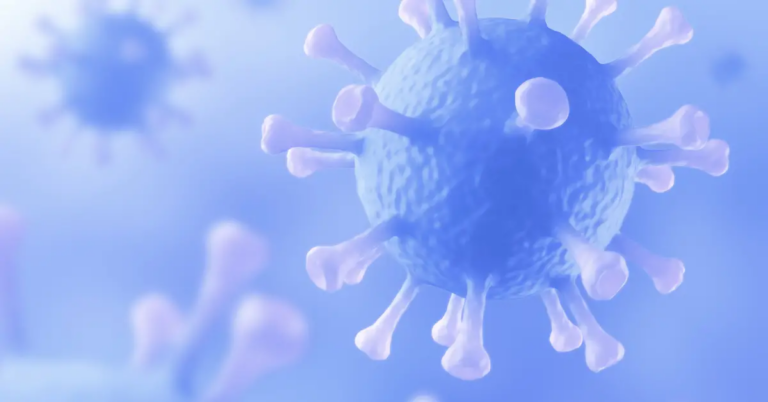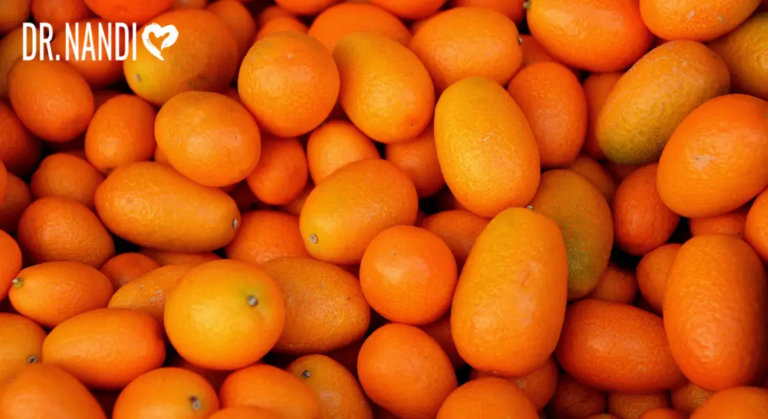Although it may seem exotic, Freekeh is nothing more than young, green wheat roasted and rubbed to give it a unique, earthy flavor. Yet things about this whole grain make it suitable for you, good enough that it’s quickly becoming the next big superfood.
Because freekeh has so many health benefits, Dr. Nandi says give it a try. These healthy foods improve your nutrition and help you become your health hero.
Nutrition Facts of Freekeh
Freekeh is an excellent source of several nutrients, including fiber, manganese, and phosphorus. Around 5 grams of protein per serving can also bump up your protein intake to help round out your diet.
A 1/4-cup (40-gram) serving of uncooked freekeh contains the following nutrients:
- It has 141 calories
- 24 grams of carbohydrates
- 5 grams of protein
- 2 grams of fat
- 4.5 grams of fiber
- It has 52% of the Daily Value (DV) of Manganese
- It has 16% of the DV of Phosphorus
- It has 18% of the DV of Niacin
- It has 13% of the DV of Magnesium
- It has 24% of the DV of Copper
- It has 15% of the DV of Zinc
- It has 9% of the DV of Vitamin B6
Freekeh is exceptionally high in manganese, a mineral in bone formation and immune health. It also contains phosphorus, a vital component of the bones and teeth. It also produces energy.
Plus, it’s a good source of magnesium. This essential micronutrient is central in regulating blood sugar and blood pressure levels. It also helps maintain the function of the nerves and muscles.
Here Are Some of the Main Health Benefits of Freekeh
Freekeh is High in Fiber
One of the primary health benefits of freekeh is that it is high in fiber. Unlike other grains, freekeh wins out, with between three and four times as much fiber as brown rice and double that of quinoa. The more fiber a food has, the longer you stay full when you eat it, which increases your potential for weight loss.
Freekeh Increases Protein Consumption
Freekeh is also a good source of protein, especially for vegetarians and vegans. With an average of eight grams per serving, freekeh helps keep bones and muscles strong and healthy.
Freekeh May Enhance Digestion
For 1/4 cup (40 grams), Freekeh has 4.5 grams of fiber, which is more than most other grains. Fiber is a crucial dietary component that aids digestion and many bodily functions.
Studies have shown fiber to help with constipation by increasing regularity and stool consistency. Furthermore, eating more fiber-rich meals like freekeh may assist prevent other diseases such as hemorrhoids, diverticulitis, and colorectal cancer.
Freekeh Could Promote Heart Health
Several micronutrients may benefit the heart as well. It is high in manganese, a micronutrient that functions as an antioxidant. As a result, it might lower levels of inflammation, which can help promote heart disease growth.
With each quarter cup (40-gram) serving, you get about 13% of the DV for magnesium, another critical mineral that can help prevent heart disease. It’s also high in fiber. This vitamin may assist lower cholesterol levels and stop plaque from building up in the arteries.
Whole grains, like freekeh, are beneficial in a variety of ways. Not only that, but eating whole grains may help to decrease the risk of heart disease and several risk factors, including high blood pressure and inflammation.
Freekeh May Support Weight Management
Freshly cooked freekeh is an excellent source of protein and dietary fiber. Both of these nutrients may help you achieve and maintain a healthy weight. Protein may boost metabolism and alter levels of certain hormones that influence your appetite, according to studies.
Fiber also moves slowly through the digestive system. As a result, it may help you feel fuller between meals. According to detailed research, increasing your fiber consumption could help you lose weight without affecting your calorie intake in any other way.
Whole grains, on the other hand, may help you lose weight. Furthermore, eating more whole grains was linked to more significant reductions in body mass index (BMI) and abdominal fat in a study of nearly 45,000 children and adults.
Freekeh May Aid in Eye Health
Freekeh is high in antioxidants, including lutein and zeaxanthin, which may help prevent age-related macular degeneration. Lutein, for example, supports eye health throughout life, especially during pregnancy, and lowers the risk of several age-related eye diseases. Freekeh has high amounts of these carotenoids, which are not only found in vegetables and fruits but also in egg yolks, breast milk, and cheese.
Freekeh Could Treat IBS Symptoms
Prebiotics and probiotics are two different things. Prebiotics are food for the bacteria that live in your gut. They promote digestion, reduce bloating, boost immunity, and help you feel full when you eat them. Plants contain prebiotics, which aid in the growth of intestinal microorganisms such as probiotic bacteria. According to this research, this prebiotic may help patients with IBS, especially persons with Crohn’s disease and ulcerative colitis.
Freekeh Helps Build Strong Muscles
The amount of glutamic acid in each cup is about 2.27 grams, making it the amino acid profile’s greatest glutamate-rich food. Glutamic acid is a popular supplement for athletes and bodybuilders since it helps to build glutamine and has the potential to help enhance endurance and strength. It does so via an excitatory neurotransmitter in the central nervous system, the most prevalent neurotransmitter in the spinal cord and brain region.
Freekeh Can Keep You Satiated
Freekeh is an excellent source of satiating nutrients since it has a high content of filling protein and fiber. It’s a satisfying grain that can help you feel fuller longer and help control hunger. This sense of fullness may result from freekeh’s slow digestion and absorption, which leads to a gradual rise in blood sugar levels.
Freekeh Promotes Stable Blood Sugar Levels
The soluble fiber in freekeh can help promote stable blood sugar levels by slowing down the absorption of sugar into the bloodstream. Complex carbohydrates take time to digest, so it doesn’t cause spikes and crashes in blood sugar levels as refined carbs can. This benefit is essential for people with diabetes, as well as those who are trying to lose weight.
Partha’s Rx
- Because freekeh is harvested so young, it contains more protein, fiber, and minerals than other whole grains.
- Freekeh can be incorporated into any dish or meal like whole grain or rice.
- Freekeh cooks faster without sacrificing nutritional content since it is cracked.
- Freekeh means “to rub” in Arabic.
- Freekeh had discovered thousands of years ago when a wheat field caught fire in the fertile crescent.
References:
- FoodData Central (usda.gov)
- Phosphorus – Health Professional Fact Sheet (nih.gov)
- Magnesium – Health Professional Fact Sheet (nih.gov)
- Effectiveness of Fiber Supplementation for Constipation, Weight Loss, and Supporting Gastrointestinal Function: A Narrative Review of Meta-Analyses – PMC (nih.gov)
- Systematic review with meta-analysis: effect of fibre supplementation on chronic idiopathic constipation in adults – PubMed (nih.gov)
- High Fiber Diet – StatPearls – NCBI Bookshelf (nih.gov)
- Manganese metabolism in humans – PubMed (nih.gov)
- Dietary Manganese, Plasma Markers of Inflammation, and the Development of Type 2 Diabetes in Postmenopausal Women: Findings From the Women’s Health Initiative – PMC (nih.gov)
- Inflammation and ischemic heart disease: The next therapeutic target? – PubMed (nih.gov)
- Magnesium for the prevention and treatment of cardiovascular disease – PubMed (nih.gov)
- Dietary Fiber, Atherosclerosis, and Cardiovascular Disease – PMC (nih.gov)
- Whole grain consumption and risk of cardiovascular disease, cancer, and all cause and cause specific mortality: systematic review and dose-response meta-analysis of prospective studies – PubMed (nih.gov)
- A Whole-Grain Diet Reduces Cardiovascular Risk Factors in Overweight and Obese Adults: A Randomized Controlled Trial – PubMed (nih.gov)
- Whole grain food diet slightly reduces cardiovascular risks in obese/overweight adults: a systematic review and meta-analysis – PubMed (nih.gov)
- Lutein and Zeaxanthin Isomers in Eye Health and Disease – PubMed (nih.gov)
- Clinical Evidence and Mechanisms of High-Protein Diet-Induced Weight Loss – PMC (nih.gov)
- Can dietary viscous fiber affect body weight independently of an energy-restrictive diet? A systematic review and meta-analysis of randomized controlled trials – PubMed (nih.gov)
- Fiber Intake Predicts Weight Loss and Dietary Adherence in Adults Consuming Calorie-Restricted Diets: The POUNDS Lost (Preventing Overweight Using Novel Dietary Strategies) Study – PubMed (nih.gov)
- Whole grain consumption trends and associations with body weight measures in the United States: results from the cross sectional National Health and Nutrition Examination Survey 2001-2012 – PubMed (nih.gov)




















